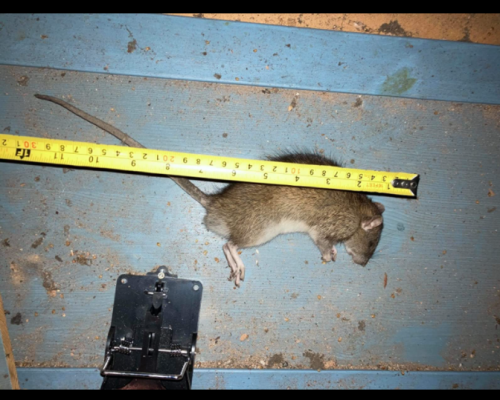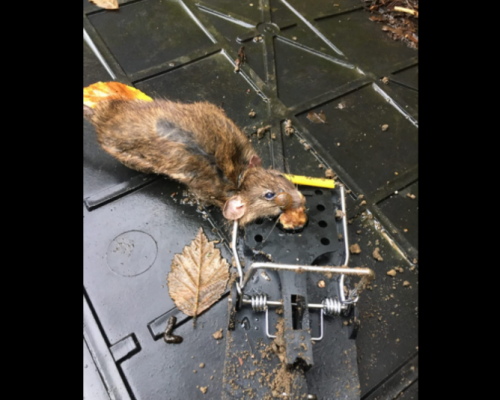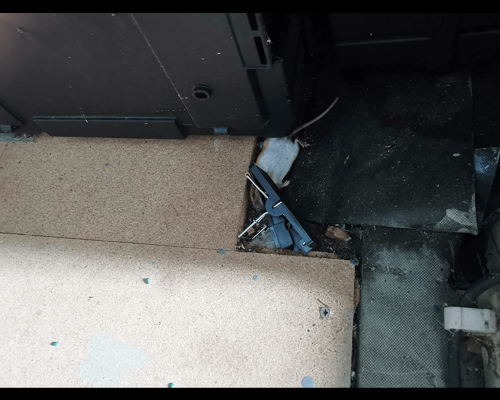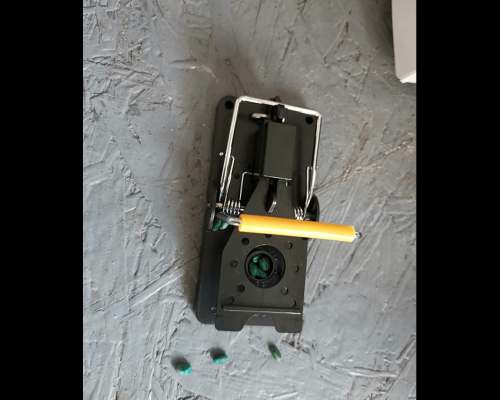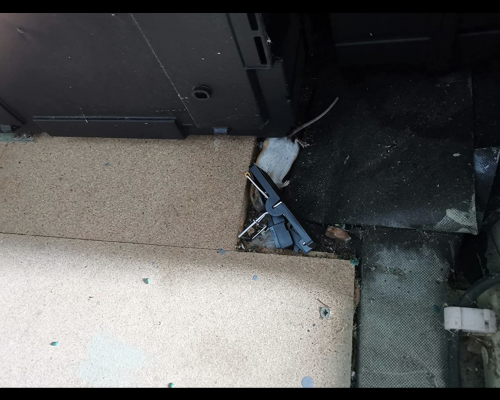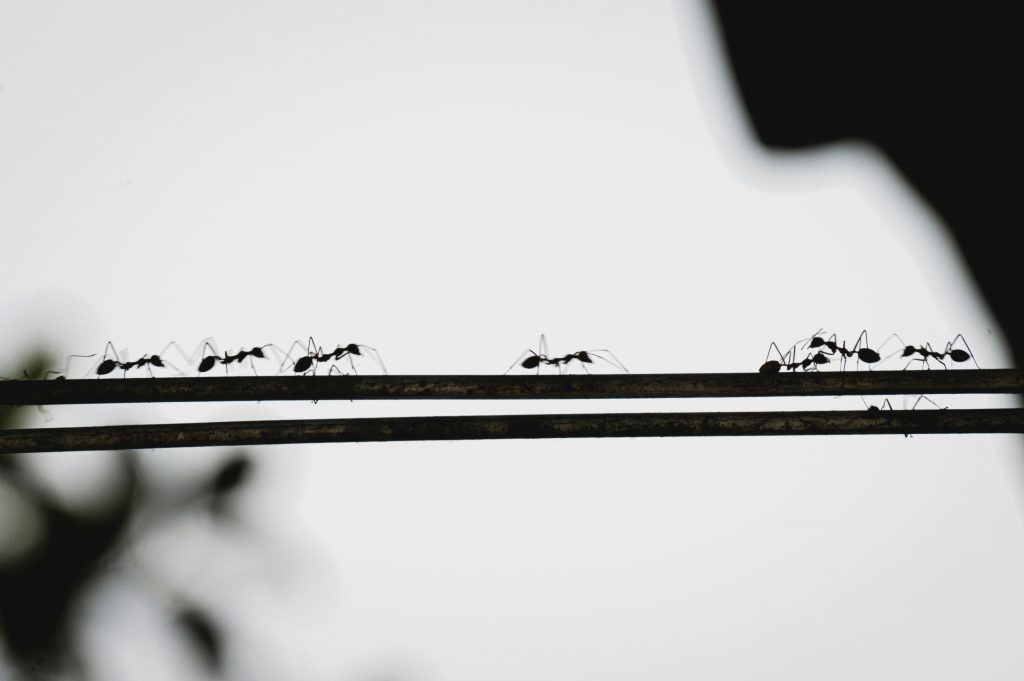
Guide to Common Pests: Habits, Risks, and Solutions
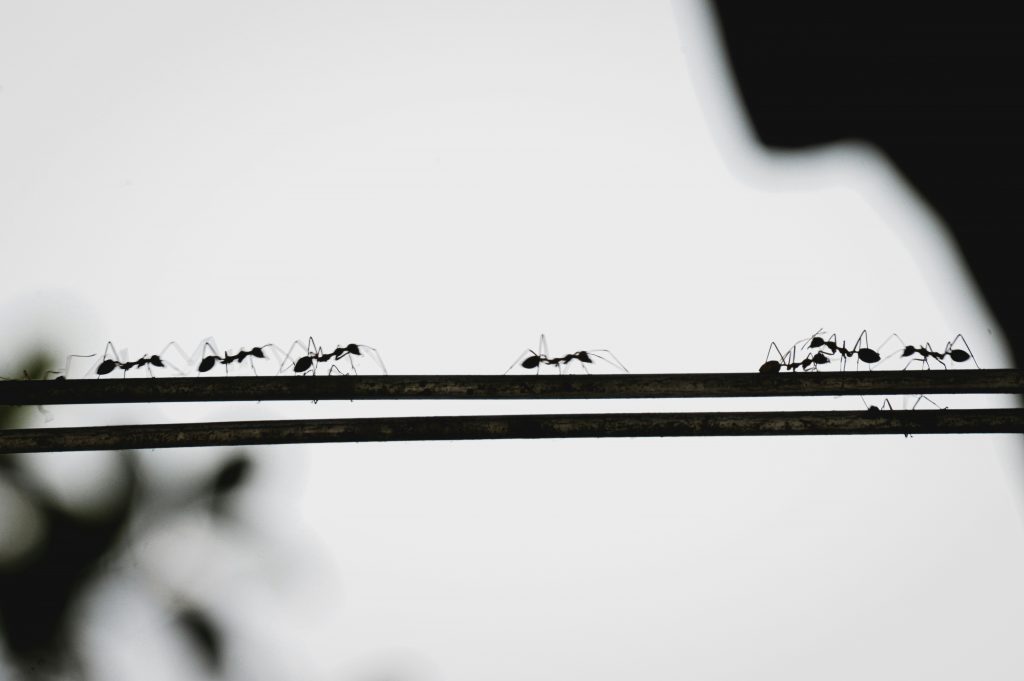
1. Ants: Tiny Intruders with a Big Presence
Habits
Risks:
Solutions:
– Keep food stored in airtight containers.
– Regularly clean surfaces to eliminate food traces.
– Seal entry points such as cracks and crevices.
– Use ant baits and repellents to disrupt their foraging patterns.
2. Cockroaches: Resilient and Unwelcome Guests
Habits
Risks:
Solutions:
– Maintain cleanliness, especially in kitchens and bathrooms.
– Seal cracks and openings around the house, limiting their entry points.
– Use cockroach traps and baits strategically placed in their active areas.
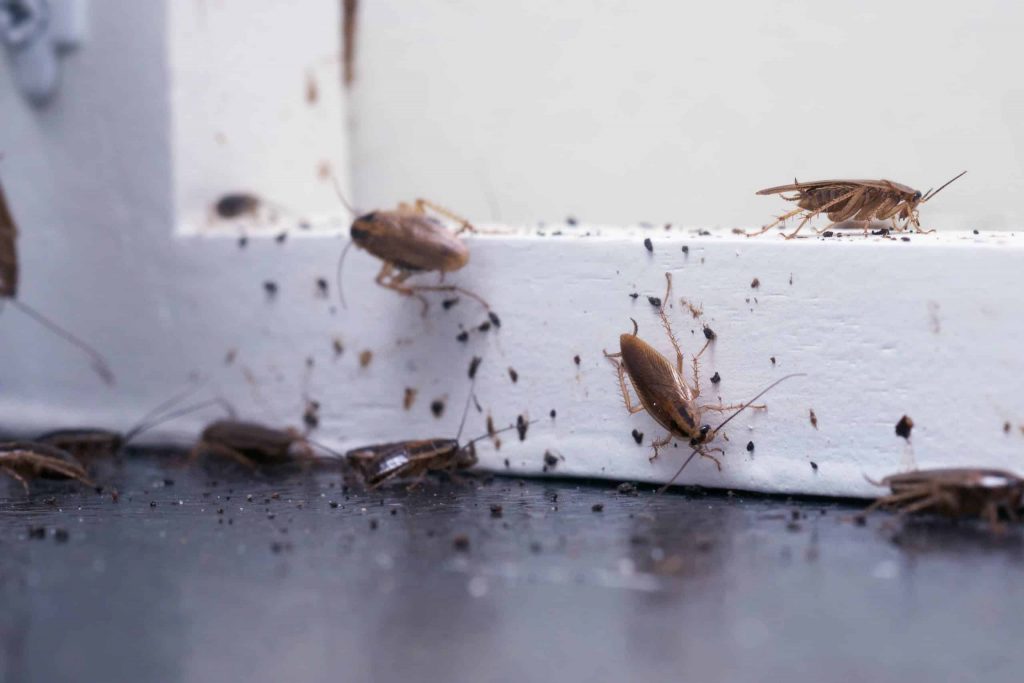
Guide to Common Pests: Habits, Risks, and Solutions
1. Ants: Tiny Intruders with a Big Presence
Habits:
Ants are social insects that thrive in colonies, with specific roles for workers, soldiers, and the queen. They are attracted to sugary and greasy substances, leaving pheromone trails to communicate with other colony members. Common household ants include sugar ants, carpenter ants, odorous house ants, and fire ants.
Risks:
While most ants are not directly harmful, they can contaminate food, leading to potential health risks. Carpenter ants can damage wooden structures, compromising their integrity. Fire ants, with their painful stings, can cause discomfort and allergic reactions.
Solutions:
– Keep food stored in airtight containers.
– Regularly clean surfaces to eliminate food traces.
– Seal entry points such as cracks and crevices.
– Use ant baits and repellents to disrupt their foraging patterns.
2. Cockroaches: Resilient and Unwelcome Guests
Habits:
Cockroaches are nocturnal insects that thrive in warm, damp environments. They are scavengers, feeding on a variety of organic matter, including food scraps, cardboard, and even glue.
Risks:
Cockroaches can carry and spread diseases like salmonella and E. coli. Their droppings and shed skin can trigger allergies and asthma symptoms.
Solutions:
– Maintain cleanliness, especially in kitchens and bathrooms.
– Seal cracks and openings around the house, limiting their entry points.
– Use cockroach traps and baits strategically placed in their active areas.
3. Rodents: Silent Invaders with a Destructive Agenda
Habits:
Rats and mice are nocturnal and highly adaptable creatures. They seek shelter in warm, dark spaces, often near food sources. They are excellent climbers and can squeeze through surprisingly small openings.
Risks:
Rodents can cause structural damage by gnawing on wires, wood, and insulation. They transmit diseases such as Hantavirus and Leptospirosis through their droppings and urine.
Solutions:
– Seal entry points, including gaps in walls and foundations.
– Keep food stored in rodent-proof containers.
– Use snap traps, electronic traps, or glue boards for effective control.
– Consult professionals for safe and humane removal.
4. Bed Bugs: Sneaky Hitchhikers in Your Bed
Habits:
Bed bugs are nocturnal parasites that feed on the blood of humans and animals. They hide in cracks and crevices during the day and become active at night.
Risks:
Bed bug bites can cause itching, rashes, and psychological distress. Infestations can lead to anxiety and sleep disturbances.
Solutions:
– Regularly inspect and clean bedding, mattresses, and furniture.
– Use mattress covers and encasements to prevent infestations.
– Seek professional help for severe infestations, as bed bugs are notoriously challenging to eliminate.
5. Termites: Silent Destroyers of Wooden Structures
Habits:
Termites are social insects that live in colonies and feed on cellulose found in wood, paper, and other plant materials. They can go undetected for long periods.
Risks:
Termites can cause severe structural damage, compromising the stability of buildings and wooden furniture.
Solutions:
– Regularly inspect for signs of termite damage, including mud tubes and hollow-sounding wood.
– Keep wooden structures dry and well-ventilated to deter termites.
– Consult professional pest control services for preventive measures and treatment.
6. Mice and Rats: Navigating Nocturnal Nuisances
Habits:
Mice and rats are highly adaptable rodents that seek out food and shelter. They are excellent climbers and can squeeze through small openings, making them versatile invaders.
Risks:
Rodents transmit diseases through their droppings and urine, posing health risks to humans. They also cause structural damage by gnawing on various materials.
Solutions:
– Seal entry points, including gaps and holes in walls.
– Keep food stored in secure containers to limit their food sources.
– Employ a combination of snap traps, electronic traps, and glue boards.
– Consult professionals for effective eradication and preventive measures.
7. Moths: Unwanted Guests in Your Wardrobe
Habits:
Moths, particularly clothes moths, lay their eggs in natural fibers like wool and silk. Larvae feed on these materials, causing damage to clothing and fabrics.
Risks:
Moths can ruin expensive clothing, carpets, and upholstery. Infestations are common in closets and storage areas.
Solutions:
– Store clothing in airtight containers, especially during off-seasons.
– Regularly clean and vacuum storage areas to eliminate larvae.
– Use moth repellents, sachets, and traps to deter and control infestations.
8. Wasps: Stinging Insects with a Nesting Agenda
Habits:
Wasps are social insects that build nests in sheltered locations, such as eaves, attics, and trees. They become aggressive when their nests are threatened.
Risks:
Wasps can deliver painful stings, which may cause severe allergic reactions in some individuals. Their presence can be a nuisance during outdoor activities.
Solutions:
– Locate and safely remove wasp nests during the winter months.
– Use insecticides to control populations, especially during early spring.
– Exercise caution and seek professional help for nest removal, particularly if allergic reactions are a concern.
9. Flies: Persistent Pests with a Preference for Filth
Habits:
Flies are attracted to decaying organic matter, garbage, and waste. They breed rapidly in unsanitary conditions, making them a common nuisance.
Risks:
Flies can transmit diseases like salmonella and E. coli by contaminating food and surfaces.
Solutions:
– Maintain cleanliness, especially in kitchens and garbage areas.
– Use fly screens on windows and doors to prevent entry.
– Dispose of trash regularly and keep food covered to limit their food sources.
10. Spiders: Eight-Legged Intruders in Your Home
Habits:
Spiders are predatory arachnids that spin webs to catch their prey, which often includes other insects. They enter homes in search of food and shelter.
Risks:
While most spiders are harmless, some bites can cause discomfort and allergic reactions in sensitive individuals.
Solutions:
– Regularly clean and dust corners and hidden spaces where spiders may build webs.
– Seal entry points, including cracks and gaps in windows and doors.
– Use spider repellents and traps to control their population without causing harm.
Understanding these pests’ intricate habits and associated risks is vital for effective pest management. By implementing comprehensive solutions and seeking professional help when needed, you can create an environment that is inhospitable to pests, ensuring the safety and well-being of your home or business.


